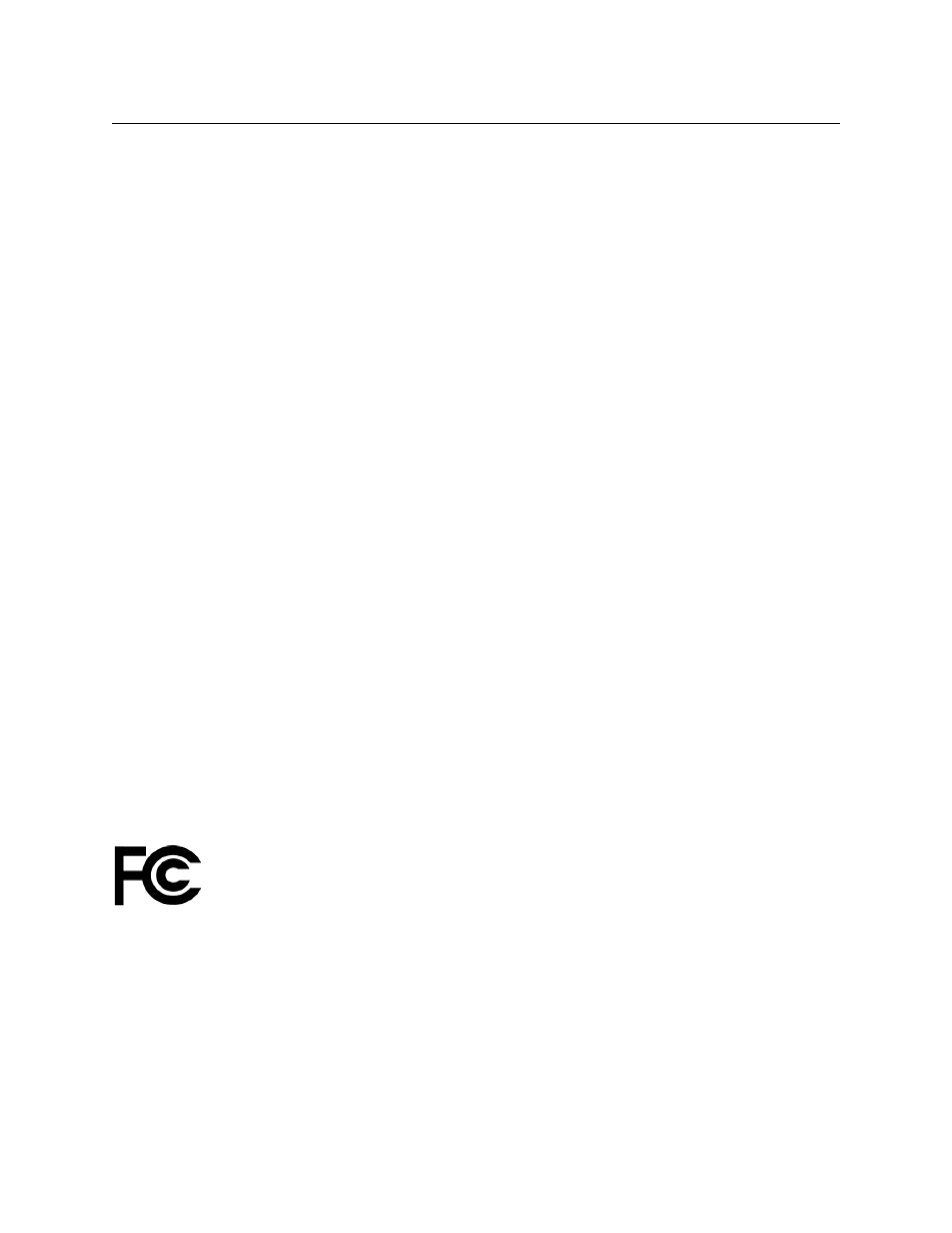Safety and fiber optic systems, Unpacking the teleport 3g, Optical fiber safety – Grass Valley TelePort 3G User Manual
Page 8: Fcc part a manual notice

4
About TelePort 3G
Safety and Fiber Optic Systems
Safety and Fiber Optic Systems
Unpacking the TelePort 3G
Please consult your packing slip and purchase order to ensure that you have received all of
the expected components.
Inspect all components for scratches and other mechanical damage, and inspect the
electrical connectors for bent or damaged pins and latches. Report any missing or
damaged components to Grass Valley (see
Leave the protective caps on the optical connectors whenever the fiber is disconnected.
Optical Fiber Safety
Never look directly into the end of the optic fiber while either end of the system is
operating.
This TelePort 3G contains CDRH Class 1 laser devices. To prevent damaging your eyes,
always avoid looking directly at, or staring into, the laser light located on an optical
connector or on the end of a fiber.
Infrared radiation is produced at the fiber connection port on the rear of the TX units and at
the end of any un-terminated optical fibers that are attached to this port. Avoid any direct
exposure to the light that comes from these sources.
Do not power up the unit when no fiber connector is attached to the fiber port.
There are no manual adjustments to be made inside the TelePort 3G. Do not attemptto
perform any type of service to this instrument other than any as instructed this User Guide.
Refer all servicing to Grass Valley, a Belden Brand.
Always use cable connector caps when the cables are not connected. This protects the
connector from damage and the unlikely event of exposure to an operating optical link.
Keeping the caps in place when the connectors are not in use will prevent dirt and dust
from entering the connector and degrading the performance of the optical link.
FCC Part A Manual Notice
This equipment has been tested and found to comply with the limits for a Class A digital
device, pursuant to part 15 of the FCC rules. These limits are designed to provide
reasonable protection against harmful interference when the equipment is operated in a
commercial environment.
This equipment generates, uses and can radiate radio frequency (RF) energy and, if not
installed and used in accordance with this User Guide, it may cause harmful interference to
radio communications.
